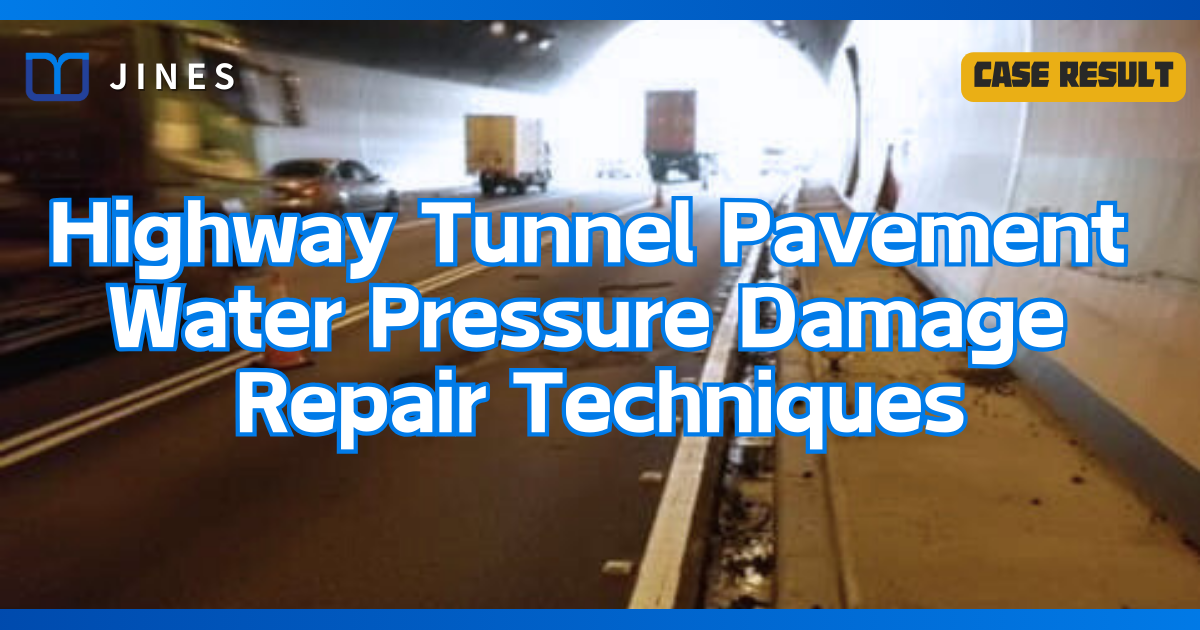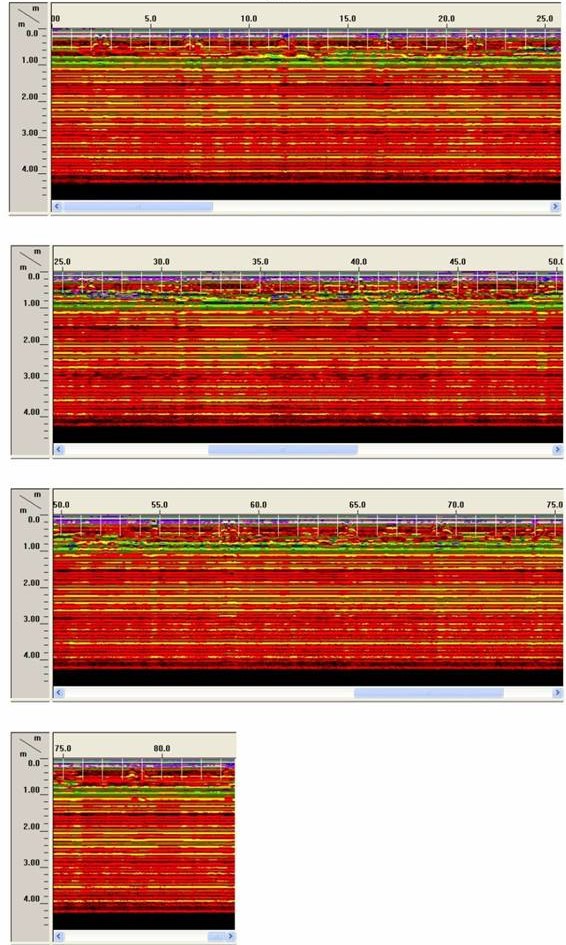
HIGHWAY TUNNEL PAVEMENT WATER PRESSURE DAMAGE REPAIR TECHNIQUES
Water-stop reinforcement method for arch damage on road pavement caused by water pressure
―
1. Project Background
A highway tunnel pavement was situated over a well-developed and densely layered sandstone-shale subgrade. During the rainy season, the interconnection of rock strata joints and fractures with the high-water table on the surface caused water infiltration, resulting in arch damage and water seepage on the road surface.
To prevent safety incidents, the maintenance unit convened relevant experts to develop a repair plan. In addition to completing the repair project within a set timeframe, they also required that daily construction work avoid peak traffic hours to prevent traffic congestion.

―
2. Solution
Due to the absence of an invert arch lining in the damaged highway tunnel, it was assessed that the underground water causing the arch damage on the pavement originated from the fissures in the rock layers beneath and on the sides of the lining. Furthermore, the originally designed drainage systems, including subgrade drainage pipes, drainage pipes, and blind ditches, had suffered severe blockages and damage, resulting in inadequate discharge of underground water. In the solution design, the main focus was on clearing and rebuilding the drainage facilities and sealing the rock layer fissures beneath the pavement.

―
3. Works Design
To avoid disrupting the busy daytime traffic on the highway, our company incorporated a planned approach of nighttime construction and alternating maintenance of the two traffic lanes in the construction design.
For the reconstruction of drainage facilities beneath the lining on both sides, we employed a combination of pipeline imaging and manual observation to identify blockages and damaged areas. We then proceeded with clearing and reconstruction according to the original design specifications.
In the case of sealing rock layer fissures, we first confirmed the condition of the fissures using ground-penetrating radar. Subsequently, we utilized a low-expansion, high-compressive strength rapid-setting PU resin for injection to seal the fissures and reinforce the joint surfaces effectively.


―
4. Works Process
Due to the construction time constraints, which were limited to the period between 21:00 in the evening to 06:00 the following morning, the construction process was optimized for efficiency. High-efficiency pneumatic drilling machines are employed in conjunction with dust extraction systems during works to minimize dust generation and pollution.
To prevent damage to the road, small 15mm diameter boreholes were used for grouting, with injection pressures below 3000kPa, ensuring that no rock fracturing or pavement uplift occurred. Following the completion of each injection hole, high-strength grout was immediately used to seal the hole, and bitumen aggregate filling was compacted to maintain road surface smoothness after construction. This enabled the road to be immediately put back into service once maintenance is completed.

―
5. Results
For this project, approximately 350 injection holes were distributed across the two-lane tunnel pavement. Through the effective coordination and management of experienced on-site engineers, within the contract timeframe, the voids that had formed due to arching in the weak rock layers, cavities, and the interface between the subgrade and the bottom layer beneath the pavement were completely filled.
Subsequent ground-penetrating radar inspections were conducted, and the improvement achieved exceeded the design objectives. As a result, the highway tunnel pavement hydraulic damage repair work was successfully completed to the satisfaction of all parties involved.

―
・More Construction Result Sharing
Contact us:+886 2769-2355